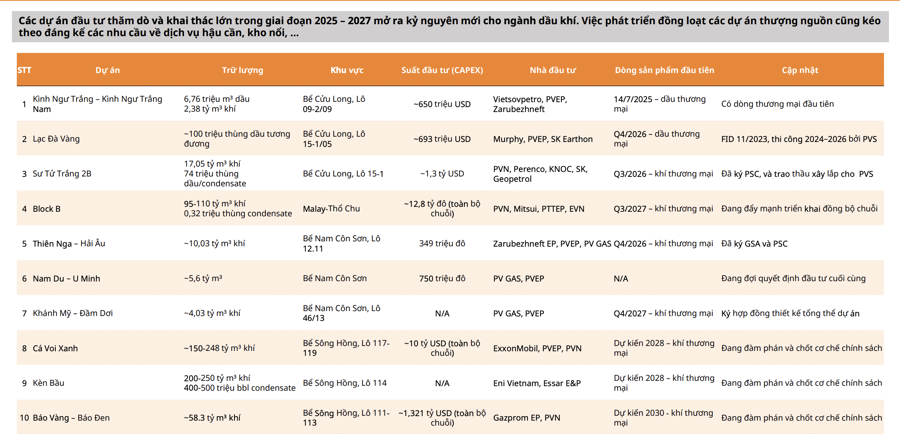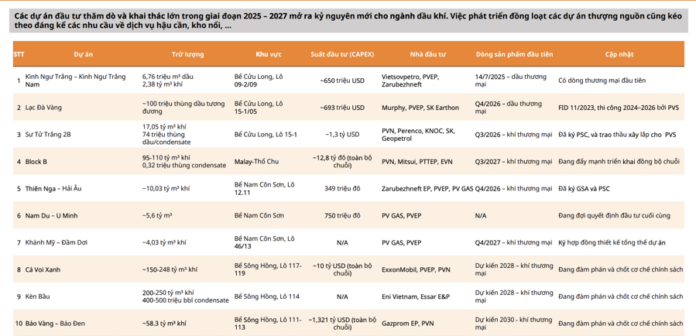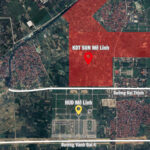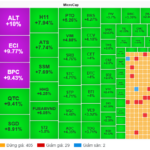Mirae Asset has recently updated its outlook on the oil and gas industry, noting that after a prolonged period of strict adherence to production cut commitments, Saudi Arabia—the world’s largest oil exporter—is gradually easing its supply restrictions. The country’s output has seen consistent increases in recent months, marking a turnaround after two years of significant declines (2023: -8.3%; 2024: -6.6%).
This move comes as OPEC+ embarks on a path to gradually phase out its voluntary cuts of 2.2 million barrels per day from April 2025 onwards, aiming to regain market share in the face of rising non-OPEC production, particularly from the United States.
In the US, shale oil production is forecast to continue expanding during President Donald Trump’s second term, backed by a policy prioritizing energy independence and reductions in support for renewable energy. These factors are expected to intensify the global supply glut in the latter half of the year.
On the demand side, global oil demand growth is noticeably slowing down, led by China—the world’s second-largest oil consumer. Over the past years, Chinese demand has witnessed a significant deceleration (2023: +2.2%; 2024: +0.7%) due to weakening economic growth and the rapid rise of electric vehicles, which are partially replacing traditional fossil fuels.
The situation in the Strait of Hormuz continues to be a concern and is considered the “Achilles’ heel” of the global oil market. This strategic route sees approximately 20% of global crude oil and LNG pass through each day.
According to estimates by the US Energy Information Administration (EIA), Saudi Aramco currently produces around 9 million barrels per day, nearly 5.5 million barrels per day of which depend on transportation through Hormuz. However, only about 47% of this production can be redirected through alternative routes, leaving the remaining vulnerable to direct disruption in the event of escalating tensions—equivalent to roughly 2-3% of global oil demand.
With global oil consumption hovering around 103-104 million barrels per day, any transportation disruptions in Hormuz could lead to an immediate supply shock, driving oil prices higher in the short term. In fact, geopolitical risks in the Middle East have contributed to keeping Brent oil prices in the $65-70 per barrel range, despite OPEC+’s gradual output increases.
For the remainder of 2025, Mirae Asset forecasts Brent oil prices to remain stable around $68 per barrel, despite the easing supply outlook from both OPEC+ and the US. This equilibrium reflects a balance between opposing forces: downward price pressure from rising production and upward pressure from seasonal demand recovery and Middle East geopolitical risks.

In Vietnam, upstream investment has witnessed a significant increase from its lows in 2020, marking an end to the industry’s “winter.” PVEP’s realized upstream investment in 2024 quadrupled compared to 2020, with over VND 10,382 billion disbursed. In the first half of 2025, this figure reached VND 7,034 billion, a 54% increase.
Disbursement levels are expected to surge in the coming period, with estimated cumulative investment values in key projects reaching approximately $10.8 billion. Currently, projects such as Su Tu Trang 2B, Lac Da Vang, and Lo B aim to welcome their first products in the 2027 phase. Thus, in the 2025-2027 period, at least $3.1 billion is estimated to be directly disbursed, focusing on the infrastructure development category of these projects.
The resurgence in oil and gas exploration and production bodes well for upstream service providers, including EPCI contractors, drilling companies, and related technical service firms. The substantial workload in the upcoming period is expected to ensure stable revenue streams for this group of businesses, propelling oil and gas service companies to the forefront as top beneficiaries of this new wave of investment.
Among them, PVS stands out with its exceptional potential. According to disclosed information, PVS has won bids for most of the critical infrastructure construction packages in major projects, with an estimated net contract value of approximately $1.5 billion—six times higher than the average revenue of the oil infrastructure construction segment in the last three years, which stood at roughly $250 million.
Gold to Maintain its Bullish Streak in 2025, Defying Global Commodity Turbulence
2024 is set to be a challenging year for key global commodities, particularly Brent crude oil and copper. However, in a contrasting development, gold is forecasted to continue its upward trajectory, remaining resilient amidst economic and geopolitical uncertainties, and is expected to soar in price over the coming year.
“Prime Minister Requests Saudi Arabia to Consider Building a Transit and Storage Hub for Crude Oil and Refined Products in Vietnam”
On October 29, as part of his attendance at the 8th Future Investment Initiative (FII) conference and official visit to the Kingdom of Saudi Arabia, Prime Minister Pham Minh Chinh held talks with the Crown Prince and Prime Minister of Saudi Arabia, Mohammed bin Salman Bin Abdulaziz Al Saud.
A Journey to Strengthen Ties: Prime Minister Pham Minh Chinh’s Visit to Three Middle Eastern Nations
On the morning of October 27, Prime Minister Pham Minh Chinh and his wife, along with a high-level Vietnamese delegation, departed Hanoi for an official visit to the United Arab Emirates (UAE) and the State of Qatar. The delegation will also attend the 8th Future Investment Initiative Conference and will have a working visit to the Kingdom of Saudi Arabia from October 27 to November 1, 2024.









































